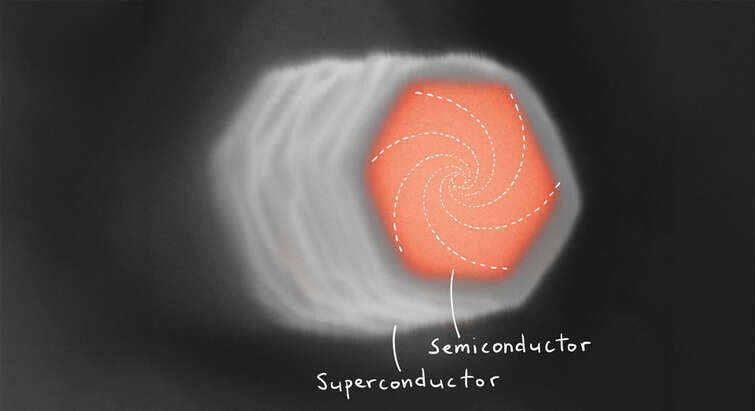

Quantum Membranes
Fock states of the motion and beyond
We work towards preparing highly non-classical states of motion in quantum cavity optomechanics by using the interaction of light with ultracoherent silicon nitride membranes.
The goal of our project is to prepare mechanical oscillators in non-classical states of their motion - states which cannot be described in the language of classical physics.
- One example of such states are the quantum number states (Fock states), where the oscillation is frozen in time.
- In those states, the energy of the oscillator is known perfectly, forcing the Heisenberg uncertainty principle to give way to quantum behaviour not found in the domain of classical physics.
- Another goal of the project is to prepare the famous-infamous Schrödinger cat states, where a mechanical system is in two places at the same time: a quantum superposition of different displacements.
Our work towards preparing and studying such non-classical states is based on exploiting the interaction of laser light and thin silicon nitride membranes [2] which are placed inside of an optical cavity.

Our membranes are simultaneously microscopic and macroscopic, being a few millimeters in size when looked at from the top, but only some hundreds of atoms thick when looked at from the side, with a thickness of less than 15 nanometers.
We use the pressure of laser light as a gentle quantum “drumstick” to control the minute motion of the membrane, while the membrane in exchange leaves an imprint on the same light. By measuring the properties of light after its interaction, we can then measure mechanical properties with a precision only set by the fundamental quantum limits.

The membranes possess modes of oscillation of extremely low loss, with quality factors exceeding 10^9 at a frequency of 1.5 MHz.
The product of the quality factor and the frequency Q*f is an important figure of merit when assessing the quantum prospects of a mechanical mode of oscillation, as it determines how quickly the fragile quantum features will disappear due to coupling to the environment. With Q*f products exceeding 10^15 these soft-clamped membranes constitute very coherent mechanical systems.
By transferring the information about the mechanical motion onto the light field via the optomechanical coupling and performing photon counting measurements on the light field emerging from the cavity we will be able to prepare membrane modes in unconventional states of motion and verify their preparation by means of quantum state tomography.
People:
- Ivan Galinskiy (PhD student)
- Jonas Mathiassen (PhD student)
- Michal Parniak (Postdoc)
- Georg Enzian (Postdoc)

References:
[1] M. Aspelmeyer, T.J. Kippenberg and F. Marquardt. Cavity Optomechanics, Rev. Mod. Phys. 86, 1391 (2014)
[2] Y. Tsaturyan, A. Barg, E. S. Polzik and A. Schliesser. Ultracoherent nanomechanical resonators via soft clamping and dissipation dilution, Nat. Nanotechnol. 12, 776 (2017)

